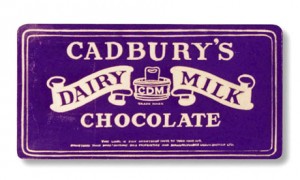Since Camelot, the UK National Lottery operator doubled its ticket price from £1 to £2, it has launched solutions to face backlash. Camelot recently launched an advertising campaign to build a more reciprocal relationship with consumers. Camelot also expands its branch to Internet; it encourages consumers to join its Facebook group, and make original theme songs onto YouTube.
According to Principles of Accounting, a good manager should invest significant effort in developing strategy to achieve business goal in a fair way consistent with core values and brand positioning.
Camelot firstly increased ticket price, and then launched friendly campaign to strengthen its bond with retailers and consumers. Though it seems like a sugar coat activity, it actually worked; in my opinion, it is a smart marketing strategy, which would increase lottery sale due to the relatively inelastic demand, and establish stronger brand loyalty. What’s more, with the force of social media, it will definitely enlarge its brand impact, and penetrate the friendly and beneficial brand image into minds.
From which, we can obviously see that the managerial and marketing departments are very sophisticated and efficient both in responding to reactions from consumers and the market, and in planning for success.



